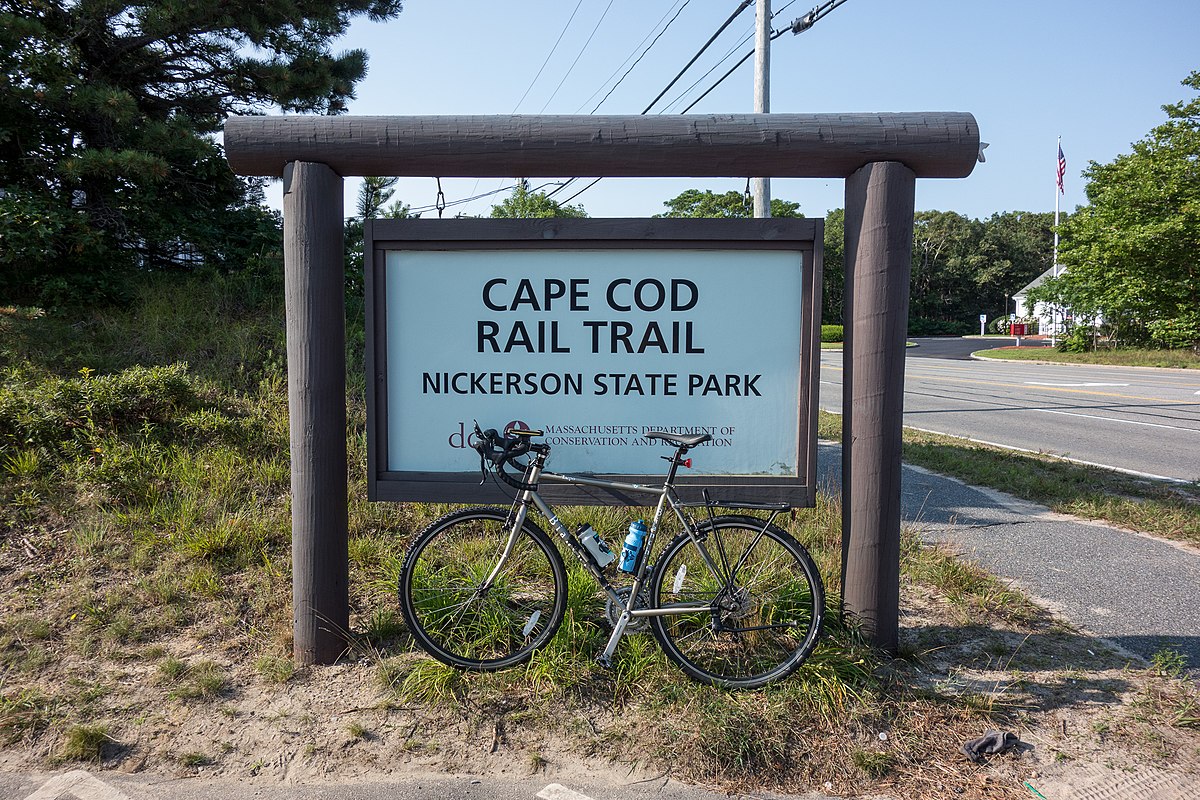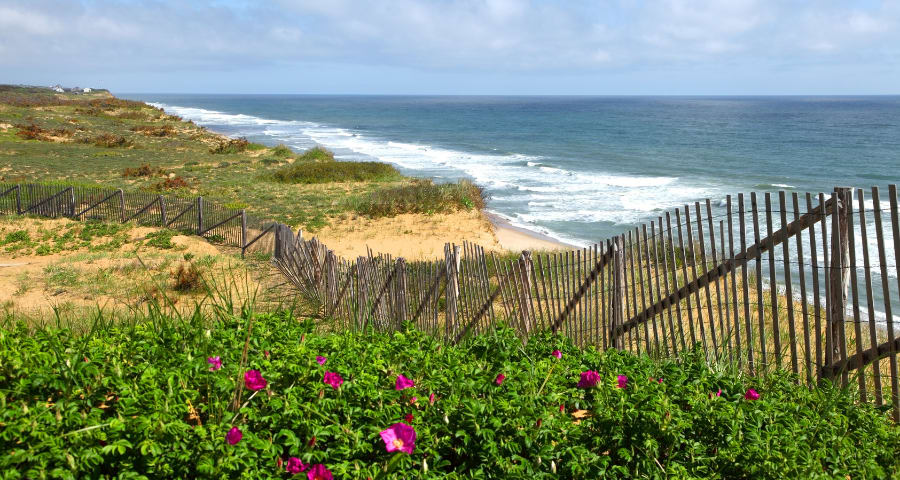How many times have you gone on vacation to Cape Cod, gazed at the ocean, and said: “I want to live here.” We all do it, right? However, two weeks later, we’re packing our suitcases, taking one last beach walk, and getting ready to drive home—already thinking about next summer and how a vacation house closer to the water would be better. But what if home was vacationland?
Cape Cod is synonymous with summer, but what’s it like to live on the Cape the other nine months of the year? For anyone who’s thinking about living full-time on Cape Cod, here’s a look at some key quality-of-life criteria.
Ready to start your Cape Cod home search? Get started now by clicking the link below.
Cape Cod Traffic Patterns
Route 6 is the main highway in Cape Cod, connecting every town on the peninsula from Bourne to Provincetown. Traffic is heaviest around Hyannis, and then again when Route 6 slims to a single lane in each direction at the Orleans rotary.
Other major roads on the Cape include Route 6A and Route 28, the latter of which leads to Chatham and Harwich. The Bourne Bridge, shown here, and the Sagamore Bridge cross the Cape Cod Canal. If you drive to and from the Cape, you’ll become quite familiar with both.
During the height of summer, getting off and on the Cape can take extra time. One way to cope is to check real-time traffic from Mass511 courtesy of the Massachusetts Department of Transportation’s traffic cameras.
You might also want to check out Getting To and From the Cape in our Cape Cod Area Guide. You’ll find a handy chart of drive times to Boston from all 15 Cape Cod towns.
Cape Cod Seasonal vs. Year-Round Population
During the summer, Cape Cod’s population swells from about 229,000 to more than 500,000. Towns closer to Boston, such as Sandwich, experience a doubling in population, while towns on the Outer Cape see a population increase of nearly 1,000 percent. Provincetown, for example, has a year-round population of 3,664 as of the 2020 U.S Census, while its summer population goes as high as 60,000.
For active retirees or families with children, the Cape becomes a roomier place for the rest of the year while still offering the same scenic vistas and quintessential New England charm.
Year-round residents can take advantage of such amenities as classes, exhibits, and events at the Cultural Center of Cape Cod. Long-time year-rounders cherish Cotuit Center for the Arts, and the Truro Center for the Arts at Castle Hill such venues as the Cape Cinema, the Fine Arts Work Center in Provincetown, the l, all of which offer a full calendar of events.
Cape Cod Health Care
Located in Hyannis, Cape Cod Hospital is the largest hospital on the Cape. It has 283 beds and an extensive cardiac care service. According to its website, Cape Cod Hospital is busiest in the summer months. Each year, their staff treats more than 85,000 patients and performs more than 12,500 surgical procedures.
Cape Cod Hospital is part of Cape Cod Healthcare, a network of providers that covers 34 locations and a wide range of services.
Cape Cod Healthcare’s second hospital is Falmouth Hospital in Falmouth. Their emergency center cares for more than 40,000 patients each year.
Most Cape Cod Healthcare facilities are located in the Upper Cape, Mid-Cape, and Lower Cape. These regions have physicians’ offices, pain centers, lab service centers, and outpatient services, as well the two Cape Cod Healthcare hospitals. The Outer Cape has only two Cape Cod Healthcare locations, which are Visiting Nurses Association satellite offices in Provincetown and in Wellfleet.
Our Cape Cod Area Guide has an entire section on Cape Cod Health Care Services.
Cape Cod Transportation and Walkability
Getting around the Cape is a breeze, although a little extra patience is needed in the summer. While most people depend on their cars to get around the 70-mile peninsula, its villages and towns are easily walkable.
There are public transportation options, too, including the Plymouth and Brockton bus line and the Cape Cod Regional Transit Authority. Airports in Provincetown and Hyannis offer short-hop plane service.
Cape Cod also features 114 miles of bike paths, all of which are built on former railways and run between bays, ponds, bogs, and marshes. Take a peek at Getting Around Cape Cod to learn more about Cape Cod Regional Transit and bike trails.
Advantages of Cape Cod’s Off-Season
In the summer, the advantages to being a Cpe Cod resident include beach stickers and free parking. During the off-season, however, it’s the Cape’s natural beauty that’s its biggest asset. The color, light, and atmosphere has long been an artistic incubator for painters, writers, and artisans, or those simply looking to get away from it all.
“Cape Cod Rail Trail Sign” by By Kenneth C. Zirkel is licensed under CC BY-SA 4.0
| Summary |
|
 Article Name Article NameWhat's It Like to Live Year-Round on Cape Cod
Description
Cape Cod is synonymous with summer, but what's it like to live on the Cape the other nine months of the year? For anyone who's thinking about living full-time on Cape Cod, here's a look at some key quality-of-life criteria.
Author
Jack Conway, Realtor
Publisher Name
Jack Conway, Realtor
Publisher Logo
 |


